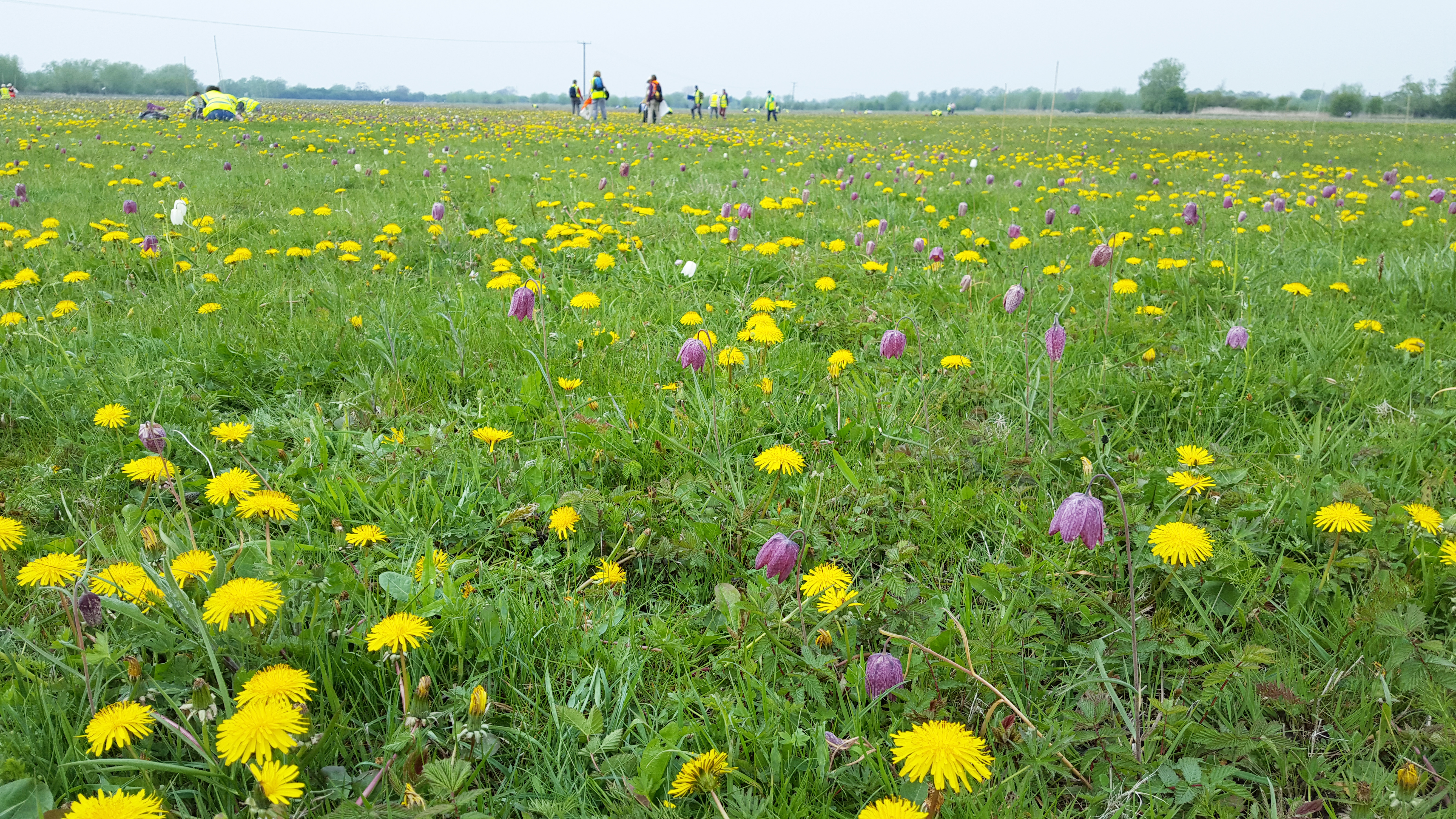Hay Days: Management of Floodplain Meadows for Sustainable Productivity
The role of hay as an agricultural product, and the way that it is made, is changing. Are you a conservation land manager, grazier, livestock farmer or haymaker? Do you make hay on species-rich meadows, or buy in species-rich hay for livestock use? The Open University would like to hear your views on all things hay. Read on to find out more, or jump straight to the survey here.
Floodplain meadows are an ancient and species-rich feature of the farmed landscape that have evolved their unique botanical diversity in response to traditional haymaking practices. In turn, this botanical diversity supports a wealth of invertebrate, bird and mammal life, as well as providing wider benefits through improved flood alleviation, water and air quality and carbon storage.
Agricultural management can have a big impact on meadow biodiversity, which depends on haymaking and aftermath grazing to balance soil nutrients and maintain a species-rich sward as the basis of a high nature value grassland ecosystem. The timing of hay cutting can be critical and has been constrained by the requirements of agri-environment schemes. With the changing policy landscape post-Brexit, it is important to better understand how agricultural production and nature conservation can be harmonised as part of a sustainable agricultural future.
This PhD study, hosted by the Open University, will be examining how factors impacting the quality and yield of hay respond to cutting date. It will also look at the acceptability of different approaches to haymaking to various stakeholders. The aim is to collect data to identify synergies between sustainable agricultural production and biodiversity to inform policy and practice.
The project will run until 2023 and this pilot questionnaire seeks to find out which factors relating to the production and use of hay are most important to you. For your chance to be a part of this research, please complete the following survey and let us know your thoughts.
Author: Vicky Bowskill (PhD student), School of Environment, Earth and Ecosystem Sciences, Faculty of Science, Technology, Engineering and Mathematics, The Open University, Walton Hall, Milton Keynes, MK7 6AA, victoria.bowskill@open.ac.uk
